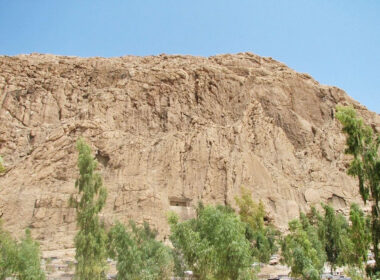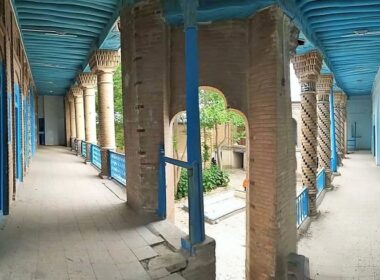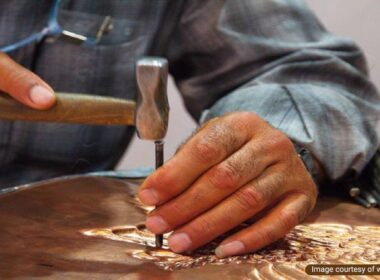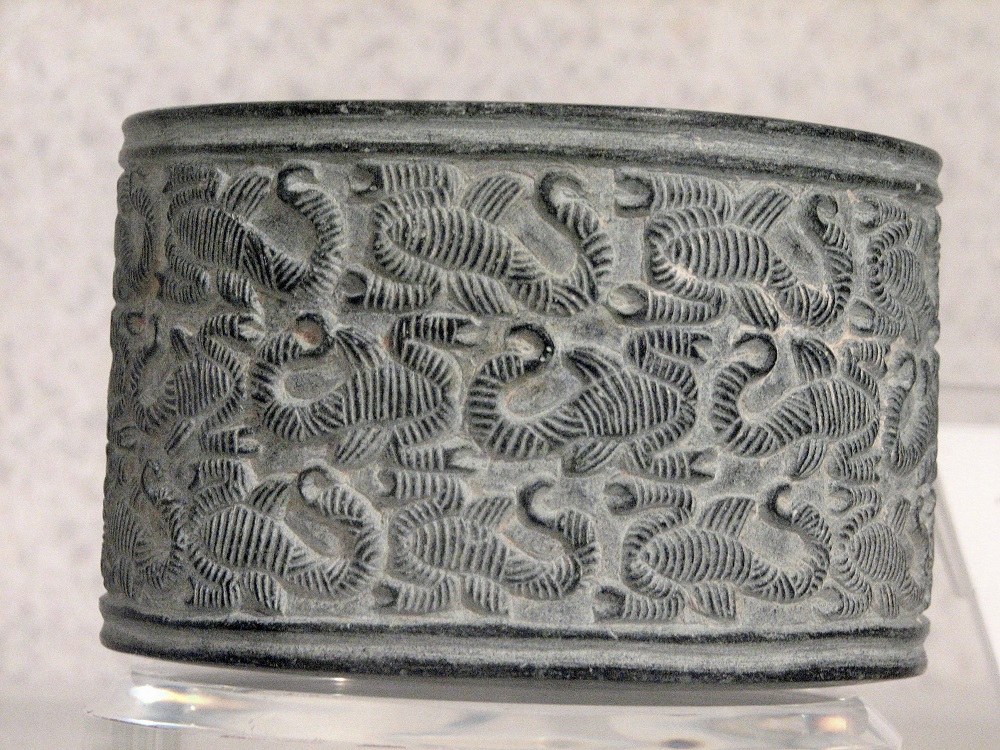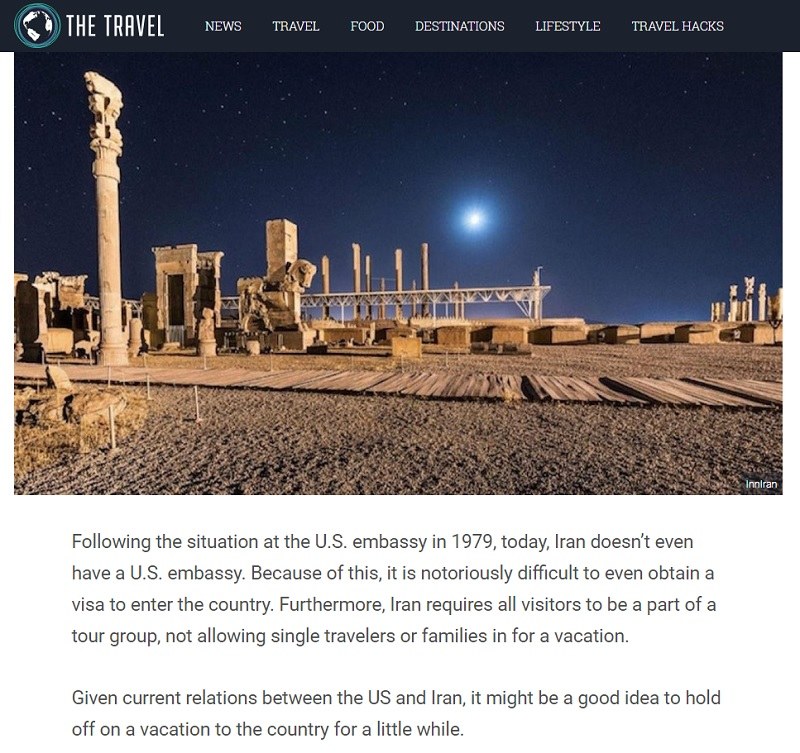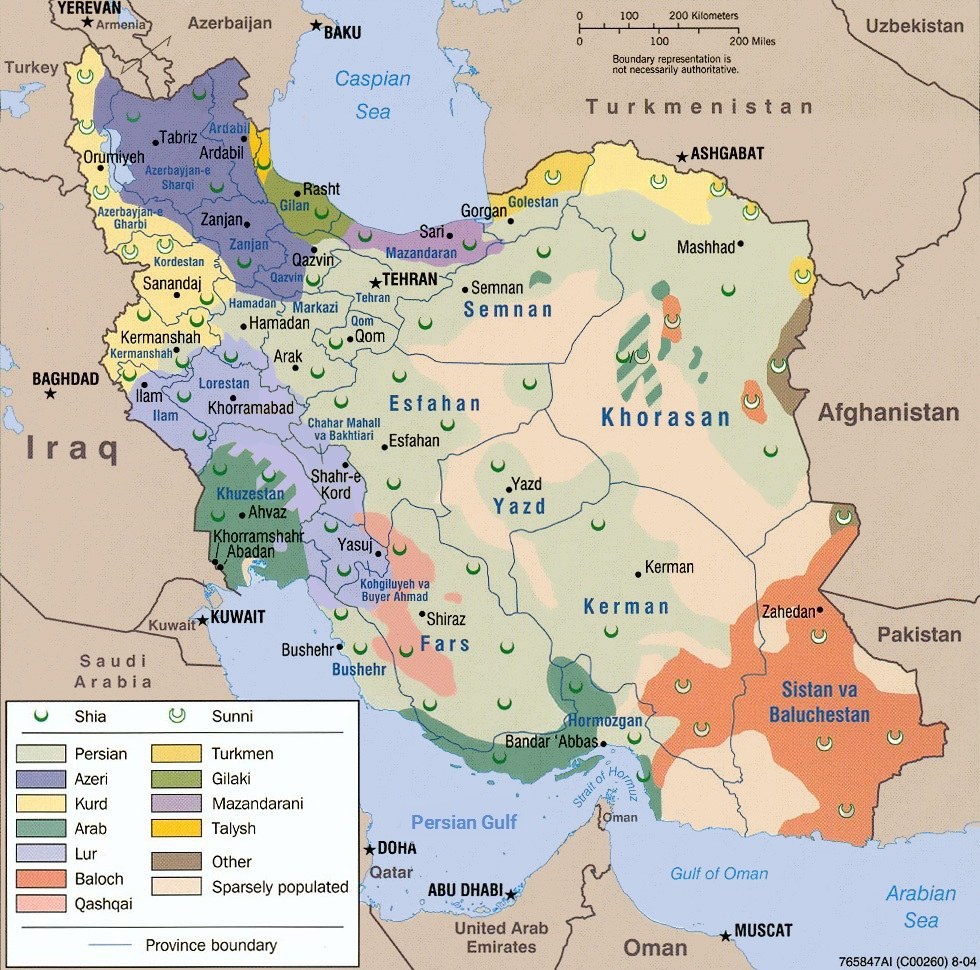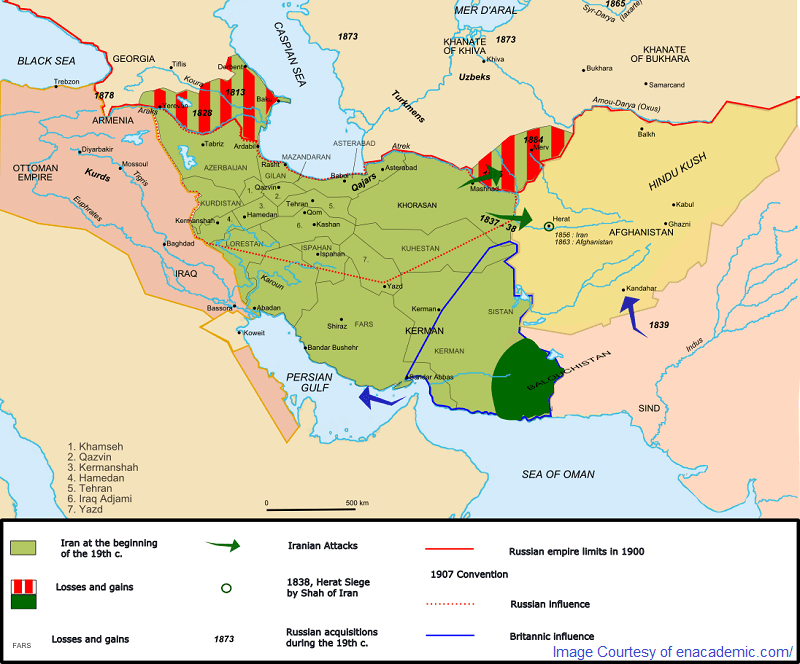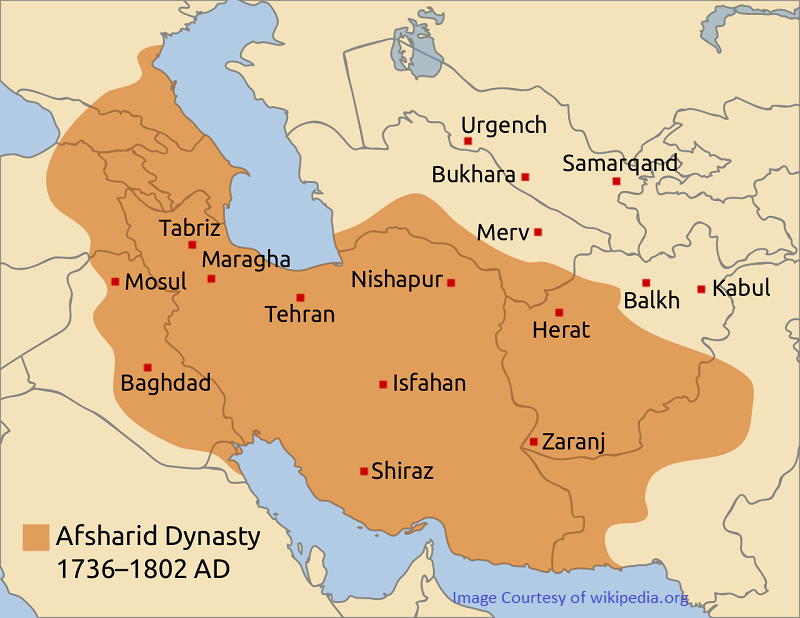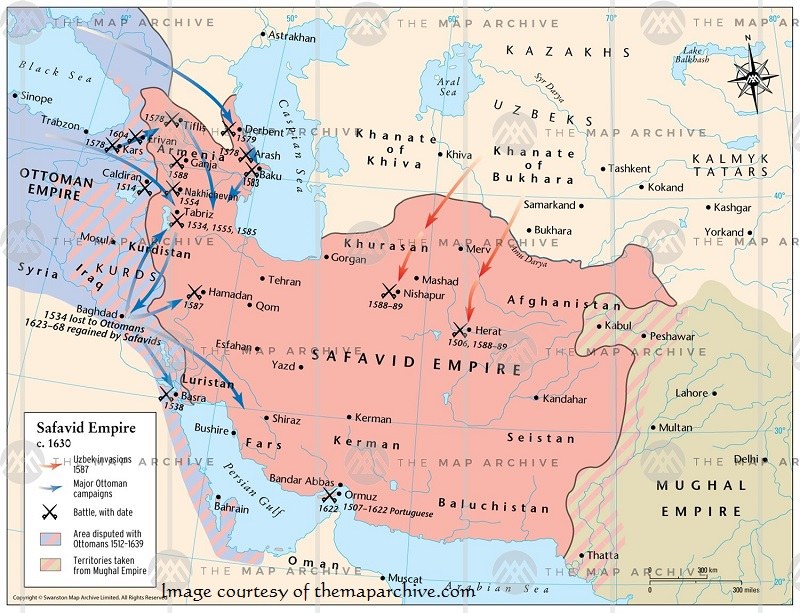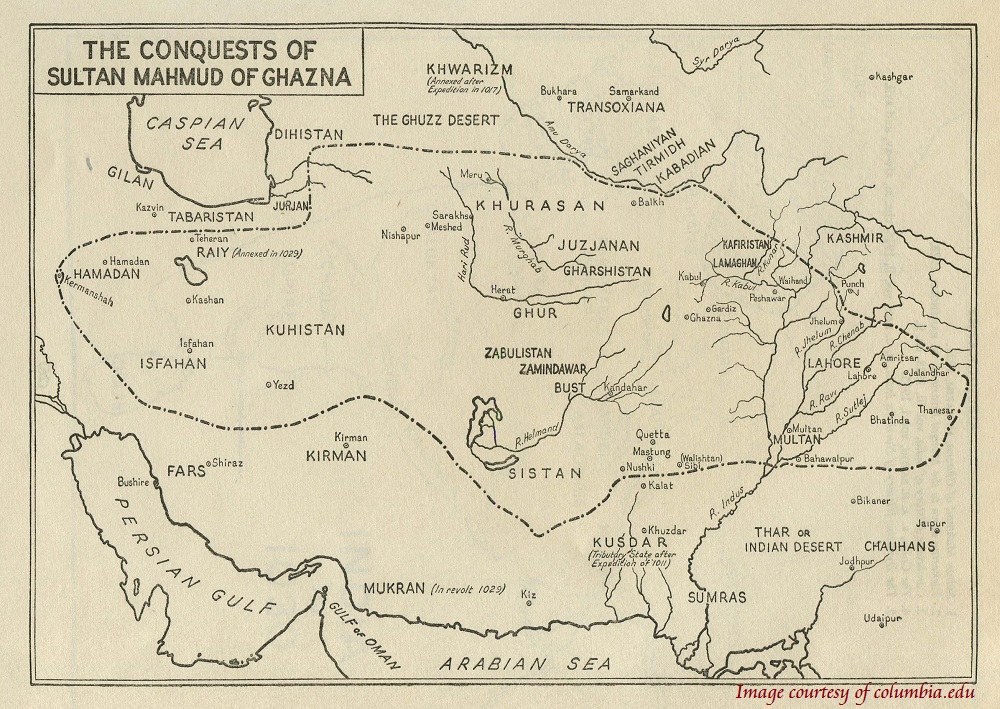
Alptigin conquered Ghazne and made it his region to govern. The history of Ghaznavids starts like this. He broke his relations with Bukhara and Samanids. Therefore, he could add to his power and territories. His successors pretended to recognize Samanids to legitimize their ruling presence. However, it was at the time of Sultan Mahmud, son of Sabuktigin and grandson of Alptigin, when Ghaznavids gained a great deal of power.
Mahmud seized all Khoreasan, Sistan, and Transoxiana. He exerted several military advances in the western borders of India, at least 17 times. To Indians, Islam had been introduced more as a non-peaceful fighting religion. He looted their temples. He called such battles, which were against any non-Muslims, “holy war” (jihad). Also, such military commanders have entitled the heroes of spreading Islam.
Mahmud hated any non-Sunni Muslims very bitterly. So, it is very unlikely that Ferdosy could have been a Shiite as Mahmud wouldn’t be very indifferent toward him. Ghaznavids did not consist of any specific national or ethnic group. Anyway, it is notable to mention that Persian was the official language spoken in the court of this dynasty.
Ghaznavids inherited all Samanids’ territories in Khorasan plus the eastern part of Today’s Afghanistan. On the western borders of Ghaznavids’ territories, Buwayhids and Ziarids were ruling none of which were equally approved by the time’s caliph.
Ghaznavids’ right to rule was approved by Baghdad’s caliph. For Sultan Mahmud, the most famous task of the Ghaznavid semi-independent government was to lead anti-India wars. In addition, Ghaznavids’ major concern was to defend Sunnites against Shiites. They served as the powerful arm of the Abbasid caliph in the land of the infidels, India. The history of Ghaznavids indicates that they also inherited another cultural role from Samanids: supporting and encouraging Persian literature and poetry.
The vital source of income for Ghaznavids was what they could plunder from other nations. As soon as it stopped flowing in, their fragile army was trembling and their brutal government turned down. A continuous period of the war had never extended people’s welfare and peace. Taxes grew heavier and heavier. The youth was sent to the battlefields. Farming fields were destroyed. Long-term famine emerged. Instead, it was only Baghdad’s caliph who was always satisfied by their military victories.
During the ruling period of Ghaznavids, people spoke Persian, continued ancient Persia’s traditions, celebrations, and even superstitions as long as there were not any conflicts between them and their new religion, Islam. Thus, despite all hardship, Iranians were somewhat in the process of regaining their lost identity. Shahnameh, Ferdosy’s epic book, which revived Iranians’ identity, was created during this historical era. He belonged to Dehqanan class of people, the landlords.
Different Classes of People
There were different classes of people living in Iran during the history of Ghaznavids. The single factor that bound these various classes of people together was their ethnic identity. Even the court poets were connected to the rest of the people the same way. Those classes were:
- “Dehqanan” (it literally means farmers). They were the remainders of the noble feudals of the Sassanian era. They were big landlords and heirs to the local governments.
- “Ayyaran”. They were free urban warriors who helped the poor by stealing from the rich.
- “Javanmardan”. They were free urban businessmen. Javanmardan and Ayyaran were in a sort of united condition.
- “Turks”. They were bought, sold and presented to others as slaves. They were sometimes sources of unrest in the country.
- “Ghazian”. They were a group of warriors who helped Mahmud’s army during the wars. They had come to existence since Samanids had collected some volunteers for fighting. They gathered together and trained newcomers for battles in structures called Rebats, which is very similar to caravansaries. Their source of income was the people’s tax. They never had any role in construction or production.
The beauty of Turks was breathtaking. As they were plenty in number, homosexuality had become common among certain groups of the nation. It has even gone into the Ghaznavids’ court. Other Slaves were from Rome, Zanzibar, Ethiopia, etc. They did not have the physical strength of Turks. So, they worked as servants, scribes, tax collectors, trade supervisors, etc.
After Mahmud, his son, Masood replaced him as Baghdad’s caliph approved that. He had not inherited his father’s intelligence and wisdom. He attacked India but was not so successful as his father there although he plundered India and gained lots of wealth from that country. His lack of efficiency in preserving his territorial integrity ended up in Khorasan turning into a battlefield for Seljuk Turkmen.
Neyshapur was conquered by Seljuks very easily. Besides, Marv and Heart were occupied by them. After he lost Khorasan, it did not take more than a while when Ghur kings invaded the rest of his territories. So, Ghaznavids sovereignty period came to an end.
People had suffered so much under Masood that even the elites of Khorasan approved the invaders and preferred them to him! On the other hand, his court’s poets admired him so much that the reflection of Ghaznavids’ half-a-century rule in the history of Iran has been exaggerated a lot. Farokhy, Onsory, and Manoochehry are some of these poets.



